When you’re planning a trip to France, whether it’s your first time or you’re a seasoned traveler there, consider expanding your itinerary beyond the big sightseeing cities of Paris, Nice, and Bordeaux and exploring some of the smaller towns in the countryside. Getting away from crowded hotspots will give you a chance to experience the country at a slower pace, see sites beyond the typical touristy checklists, and perhaps discover an unexpected highlight. With multiple resources accessible online, you can easily find places to get off the well-traveled track, and you’ll find many smaller towns are still reachable by public transportation.
Check the Online Resources
Many of France’s storybook villages are perfect for day trips from larger metropolitan destinations. One resource for finding them is Les plus beaux villages de France. This organization, formed in 1982, promotes a network of 180 sites, ranging from the magical medieval town of Locronan in Brittany to the timber-framed façades lining the streets of Beuvron-en-Auge in Normandy to La Roque-Gageac, nestled at the foot of a cliff in the Dordogne.
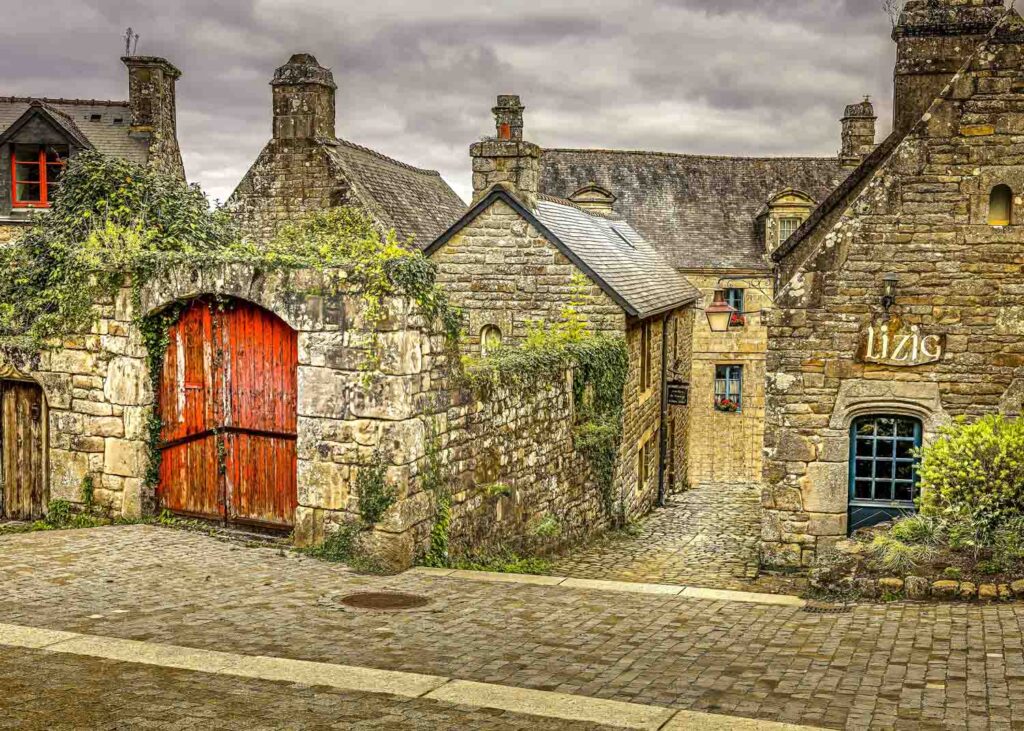
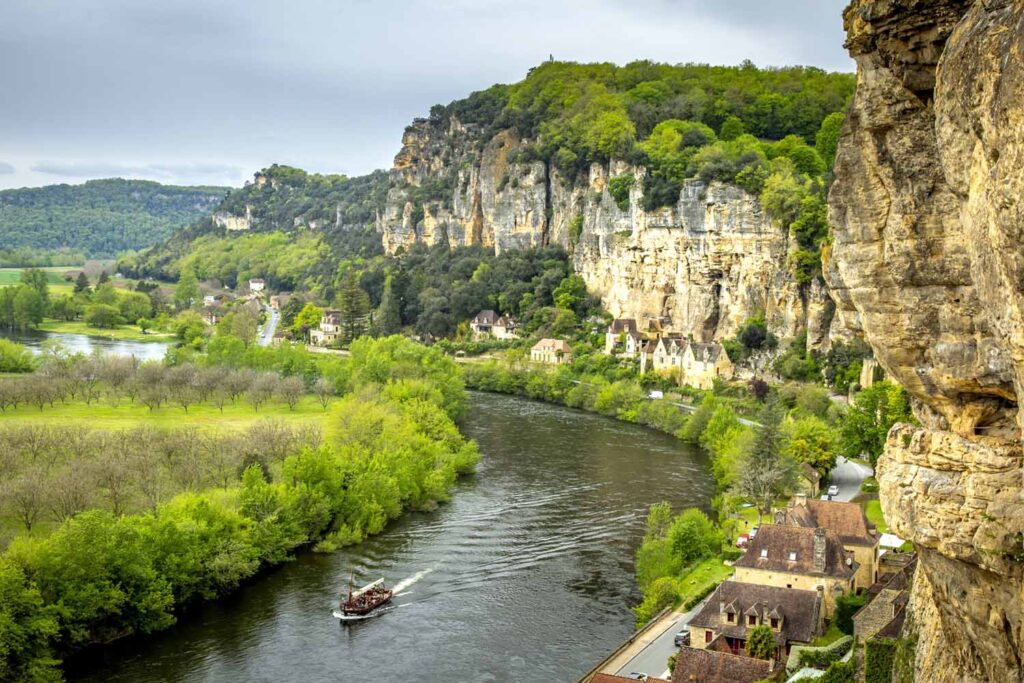
This website led me to visit the Basque region’s Saint-Jean-Pied-de-Port, one of the last French stops on the famed Santiago de Compostela. The energy in the air here is palpable, with numerous walkers setting off each morning on the next stage of their journey down the storied path, whether they were performing a religious pilgrimage or a personal one. As I walked up and down the rue d’Espagne, I saw backpacks, walking sticks, and well-worn hiking boots piled outside several hostels and inns—a symbol of this town seen almost as frequently as the scallop shell marking Camino-friendly accommodations.
To become part of this network, a village is evaluated on more than 30 criteria, including having a population of less than 2,000 inhabitants in its center, possessing remarkable heritage sites, and protecting the biodiversity of its landscape. The organization’s website lists the villages alphabetically, but you can also search by theme, such as “Wine, food, and the art of living,” “Romantic getaways,” or “Less than 100 km from you”—an easy way to fit in a visit while staying in a big city.
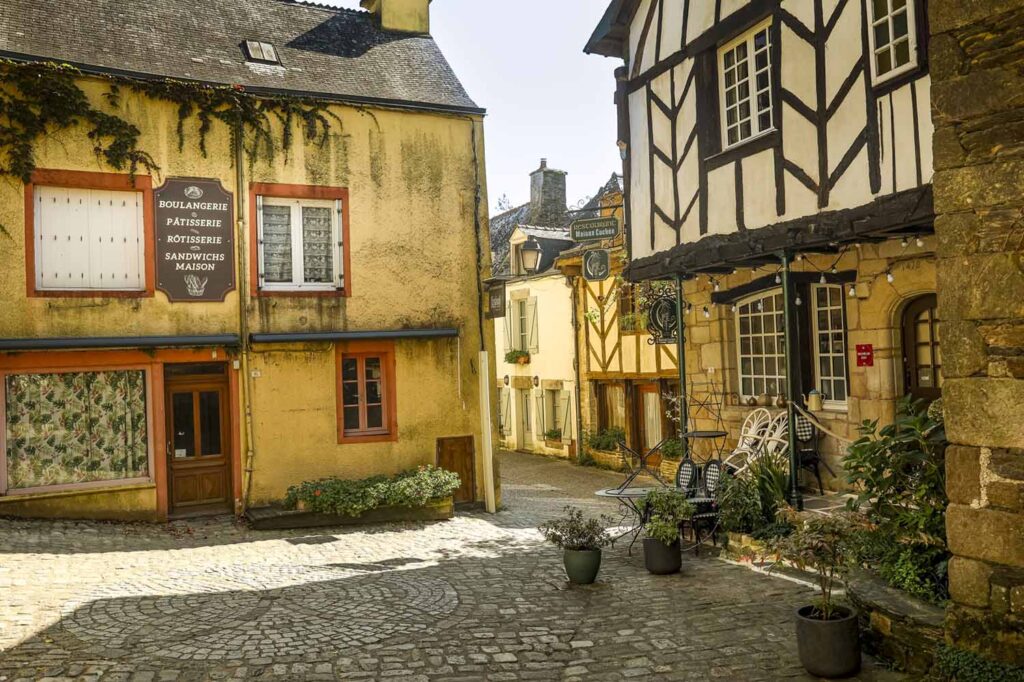
Another organization that promotes locations that preserve and value their spectacular heritage is Petites cités de charactère de France. Similar to Les plus beaux villages, this network highlights small villages that safeguard their historic importance through preserving buildings and natural features, as well as having monuments celebrating their past as administrative, political, religious, commercial, or military centers. Stroll the seaside streets of Le Conquet in Brittany’s Finistère region or marvel at the imposing Abbey of Saint-Pierre in Senones, an hour from Strasbourg. The organization works with each town’s elected officials to ensure that any development maintains the aspects of the village that highlight its heritage.
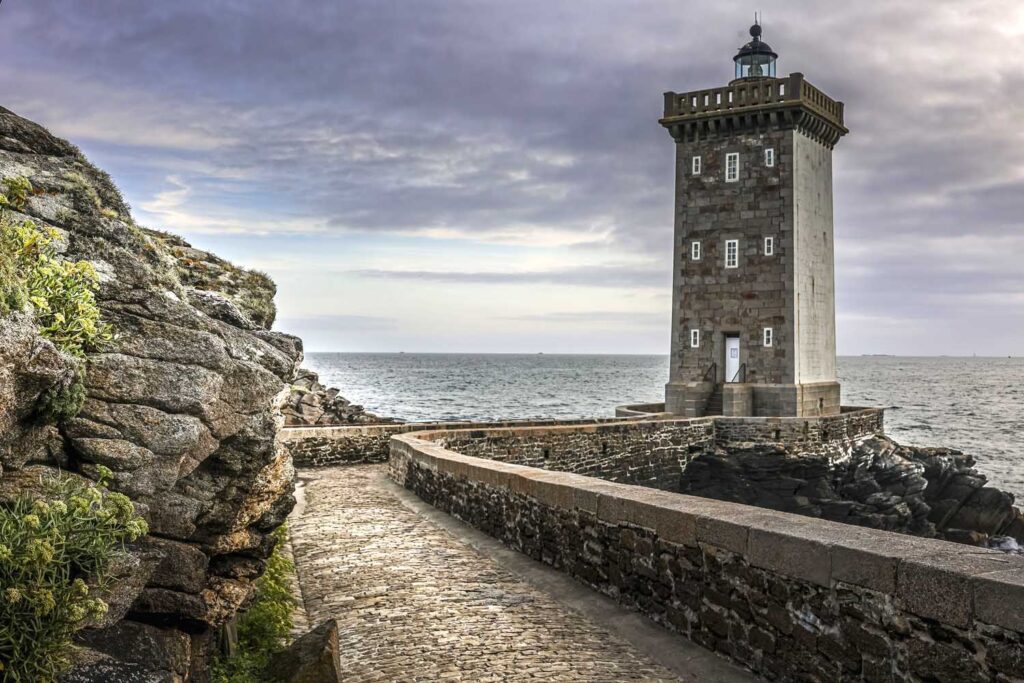
To find more places of unmatched cultural importance, peruse the list of UNESCO World Heritage Sites, of which France (and its overseas departments) hosts over 50. From the remains of prehistoric residents in Ardèche and the Dordogne, to the fortified city of Carcassonne, to the grandeur of Fontainebleau in Île-de-France, these renowned monuments to artistry, natural beauty, and human perseverance have inspired visitors for generations.
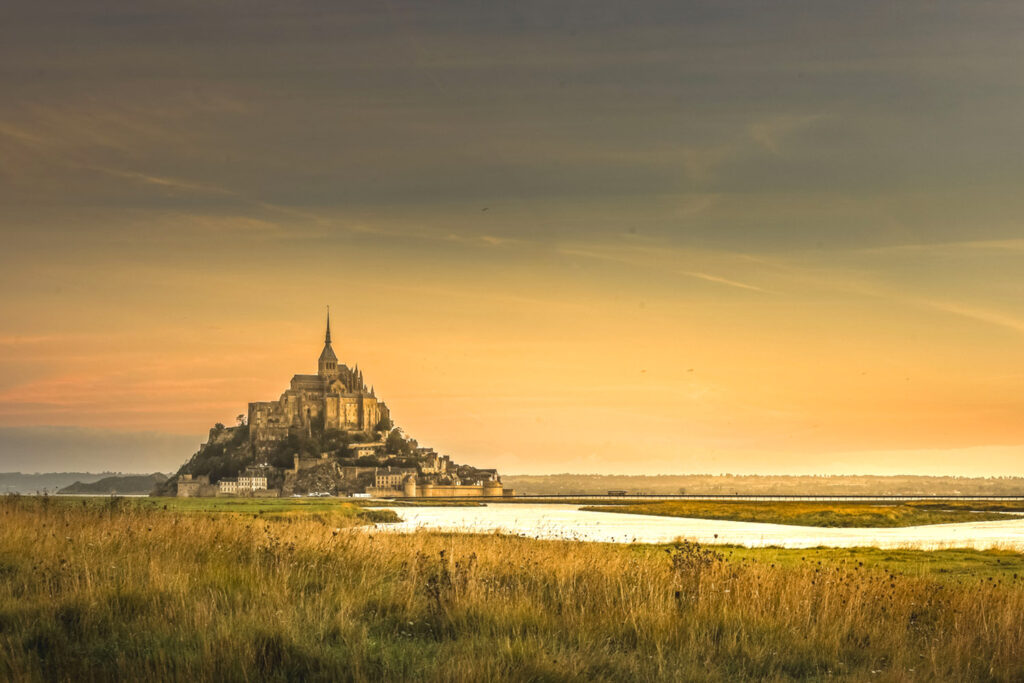
Rely on Local Knowledge
The tourism boards of France’s regions are another information-filled resource for planning excursions to the countryside, long weekends out of the cities, or even an entire trip through more rural destinations. Each of the regions in the Hexagon supports a visitors bureau with easy-to-use and informative websites: Auvergne-Rhône-Alpes, Bourgogne-Franche-Comté, Bretagne, Central-Val de Loire, Corse, Grand Est, Hauts-de-France, Île-de-France, Normandie, Occitanie, Pays de la Loire, and Provence-Alpes-Côte d’Azur.
These visitors bureau websites can help you find accommodations, restaurants, and activities, as well as events taking place during your visit. Several offer themed itineraries, whether you’re planning to explore by bicycle, want to focus on the arts, or dream of eating and drinking your way through a region’s gastronomic wonders.
Planning a visit outside of the major cities of France isn’t difficult, particularly when you have so many up-to-date resources at your fingertips. Even if your trip is focused on metro areas, make sure to add in a day or two in one of the smaller villages. You never know what treasures you’ll find. Bon voyage!
—Pam Hunt
All photographs by Pam Hunt.
